Quản lý bút toán kép trong kho
A double-entry inventory has no stock input, output (disparition of products) or transformation. Instead, all operations are stock moves between locations (possibly virtual).
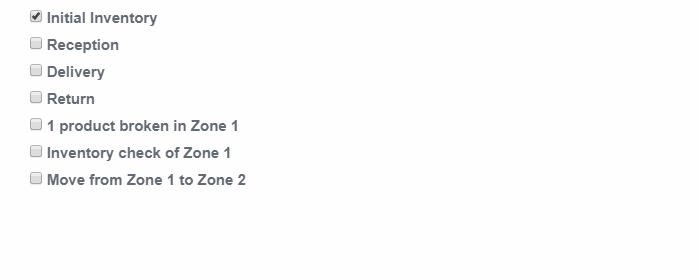
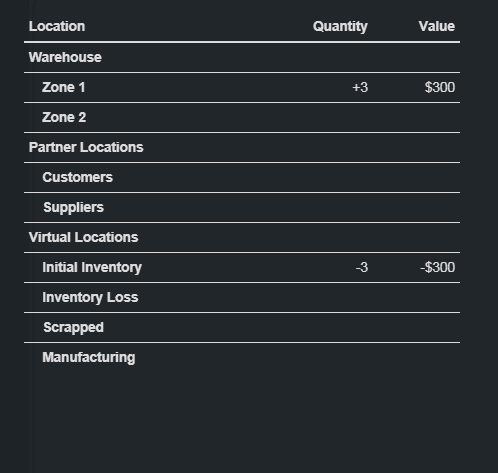
Operations
Stock moves represent the transit of goods and materials between locations.

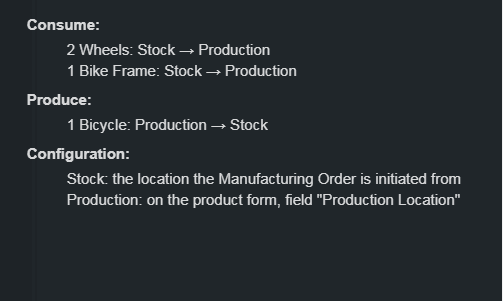
Analysis
Inventory analysis can use products count or products value (= number of products * product cost).
For each inventory location, multiple data points can be analysed:
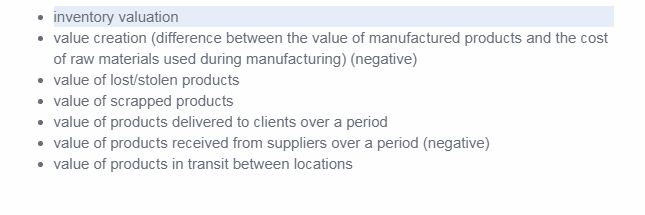

Procurements & Procurement Rules
A procurement is a request for a specific quantity of products to a specific location. They can be created manually or automatically triggered by:
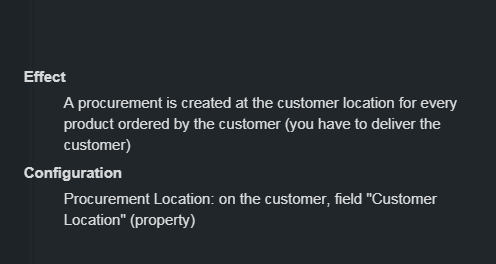
Procurement rules describe how procurements on specific locations should be fulfilled e.g.:
• where the product should come from (source location)
• whether the procurement is MTO or MTS
Routes
Procurement rules are grouped in routes. Routes define paths the product must follow. Routes may be applicable or not, depending on the products, sales order lines, warehouse,...
o fulfill a procurement, the system will search for rules belonging to routes that are defined in (by order of priority):
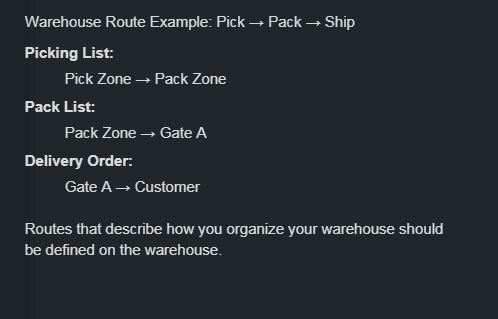
Push Rules
Push rules trigger when products enter a specific location. They automatically move the product to a new location. Whether a push rule can be used depends on applicable routes.


Procurement Groups
Routes and rules define inventory moves. For every rule, a document type is provided:
• Picking
• Packing
• Delivery Order
• Purchase Order
• ...
Moves are grouped within the same document type if their procurement group and locations are the same.
A sale order creates a procurement group so that pickings and delivery orders of the same order are grouped. But you can define specific groups on reordering rules too. (e.g. to group purchases of specific products together)




